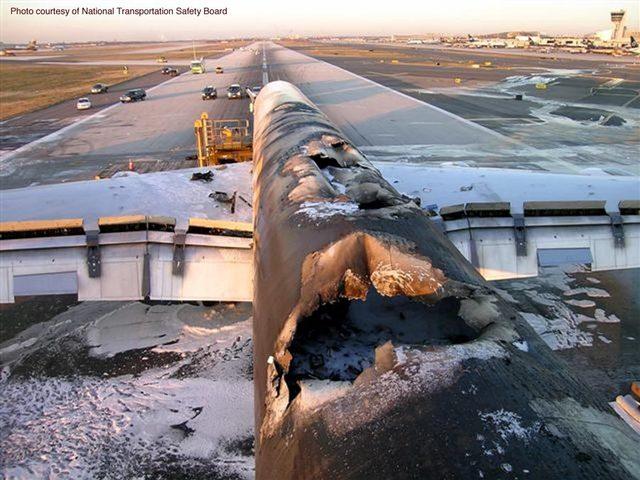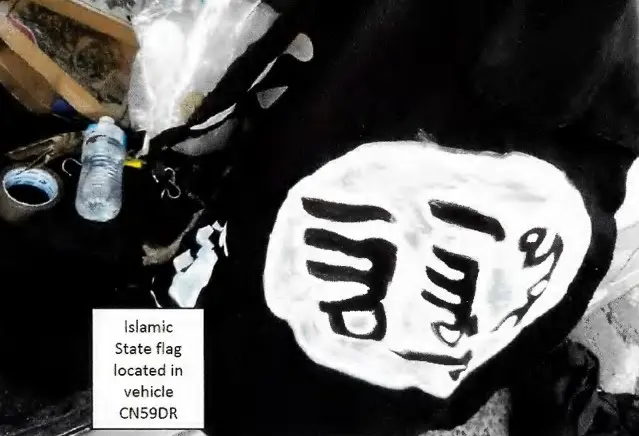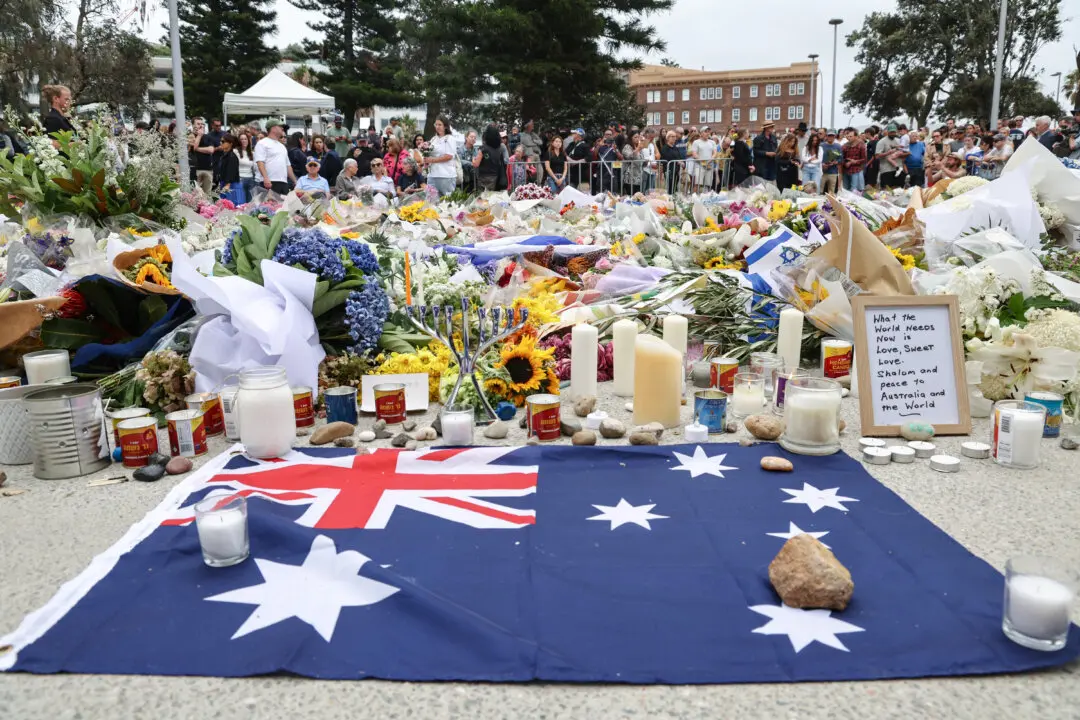Australia’s waste and recycling facilities are facing up to 12,000 battery-related fires annually, costing businesses an extra $400,000 (US$266,726) on average.
These alarming statistics have prompted calls from the waste and recycling sector to address the issue at the Environment Ministers meeting on June 21.





